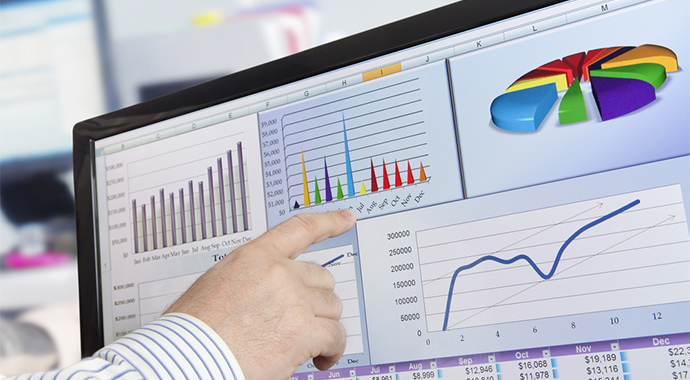Understanding Excel VBA In 5 Steps

Excel VBA is an obscure yet highly rewarding feature that few have dared breach for fear of sabotaging their own workflow. Today, we show you what Excel VBA truly comprises, the potentials it has and why just exactly you should seek to understand it using 5 steps:
1: Basics
VBA code is a type of language found in the Microsoft Excel system that allows for customisation and experimentation. When you want Excel to do something, VBA is the language you speak to it with. And in order to do that, you need to experiment, create Macros to convey your intentions. Fortunately, even for amateurs with no programming knowledge, this can pose as a bit of a challenge but can be resolved with formulas and other material. The more you know about creating Macros, the more you can achieve.
2: Variables, Conditions, Loops
When it comes to Excel VBA, there are three essential aspects: Variables, Conditions and Loops. Variables are like the SUMTOTAL of VBA, in a sense that it refers to the total space/memory it takes to store a value. Condition on the other hand is like the SUMif of VBA- a way of checking if something fits a certain criteria. Looping on the other hand refers to the instructions that you need to follow at certain points of time.
3: Objects
One important thing to note is that our perception of ‘objects’ is not the same as the computer’s ability to process them. In Excel VBA, you can bridge the gap in communication by remembering that objects are perceived as either methods or properties. Methods apply to what is applied to the object whereas property is what the object has, like value. Some of the most popularly used objects in VBA are Range objects (cell range), ActiveCell object and Selection Object.
4: Resources
Excel VBA Code’s best friend would be programs that help debug any possible bugs (errors that prevent your code from working well) in your code. One recommended resource would be Debug.Print, which assists you in pointing out errors in your code. There are other helpful resources that could become a good reference for you when it comes to Excel VBA, for example, programming books like Excel 2010 Power Programming by John WalkenBach or tutorial videos from Lynda.com, and interesting walkthroughs/discussion tutorials by Chandoo.org.
5: Advice
Excel VBA is immensely useful once you are able to harness the ability to use Macros and the like. You’d be interested in creating more opportunities with VBA code. But one thing to remember is that using VBA Code too often can create complications during your work, so try to use that as sparingly as you can. Excel comes with built in features that are there to help you easily solve most problems so the likelihood of resorting to Excel VBA is low. However, in certain scenarios where you absolutely cannot find the right features or solutions- that’s where this comes in.
Excel VBA can be complicated but once you have gotten the basics down right, you will be able to create Macros with ease. If Excel programming is something you are interested in, perhaps you can brush up on your knowledge by attending Excel classes in Singapore.